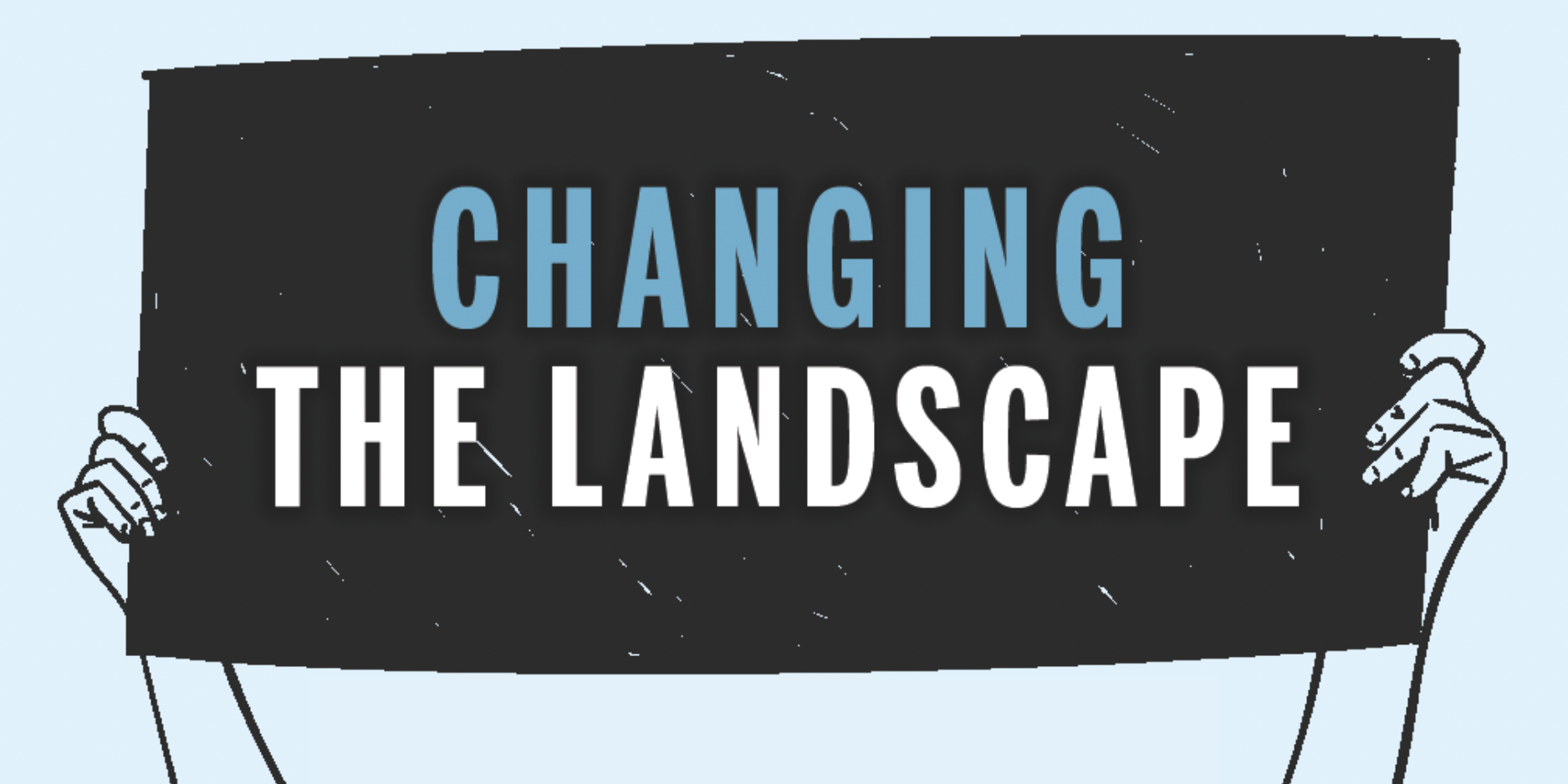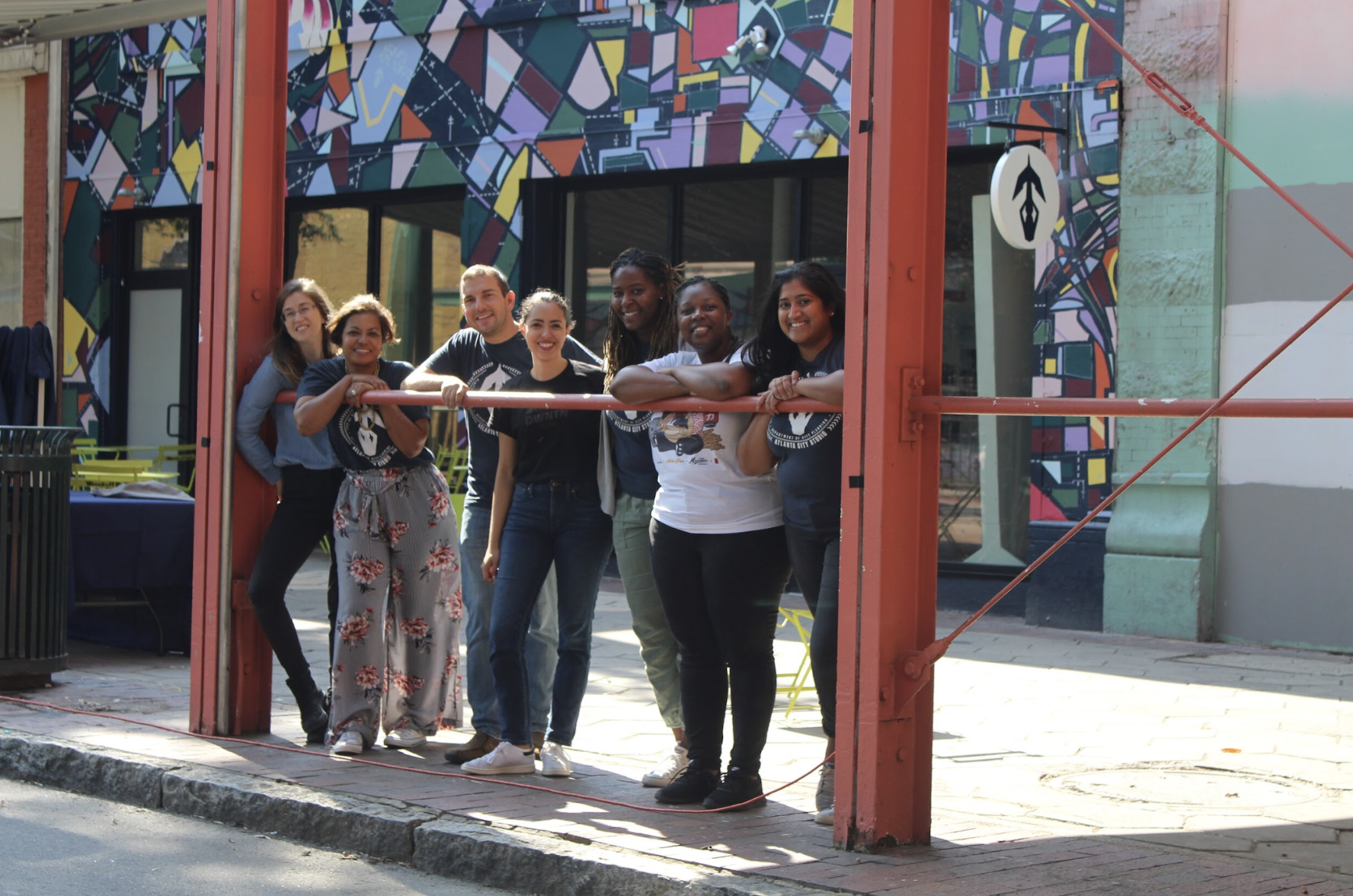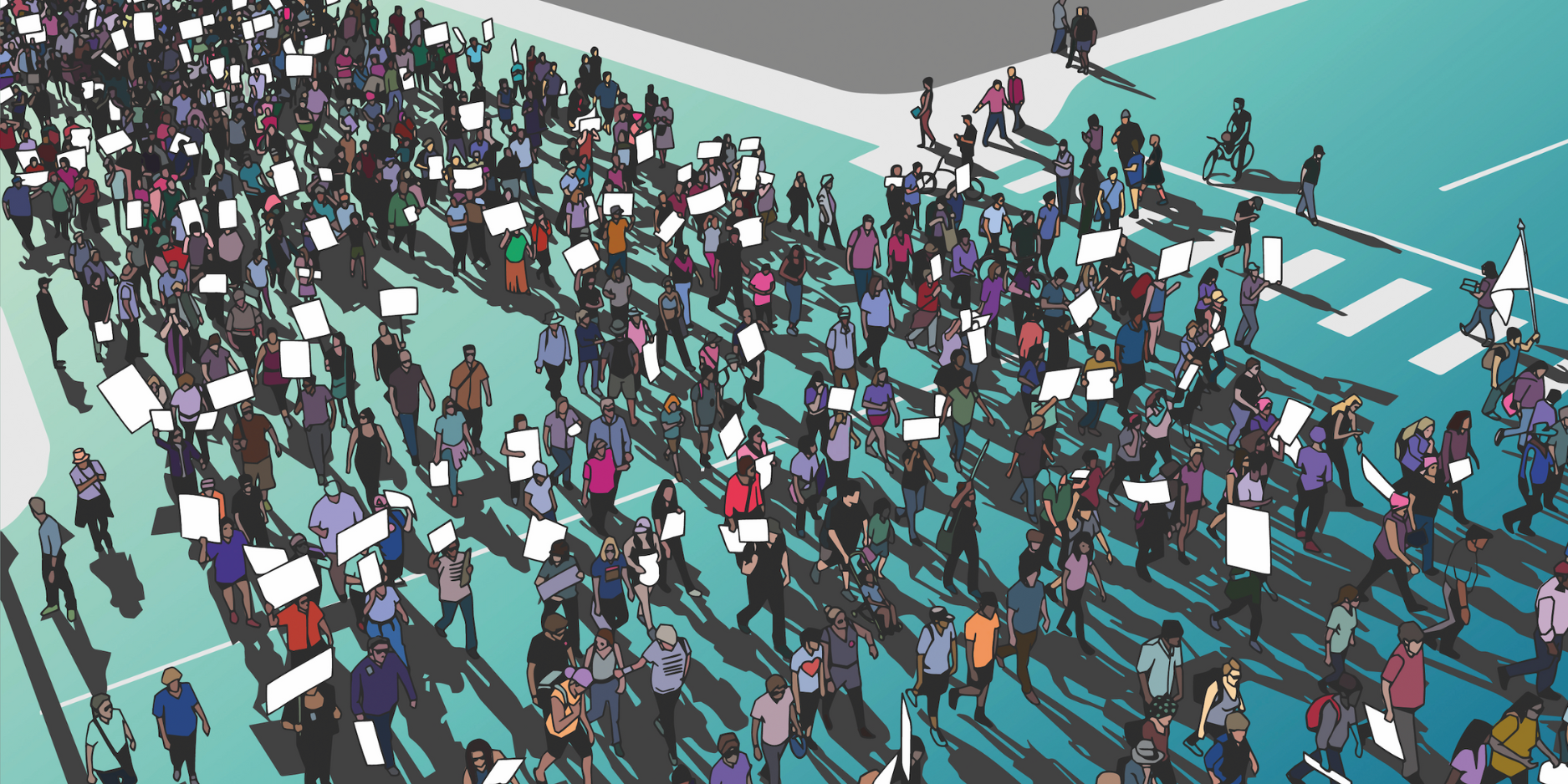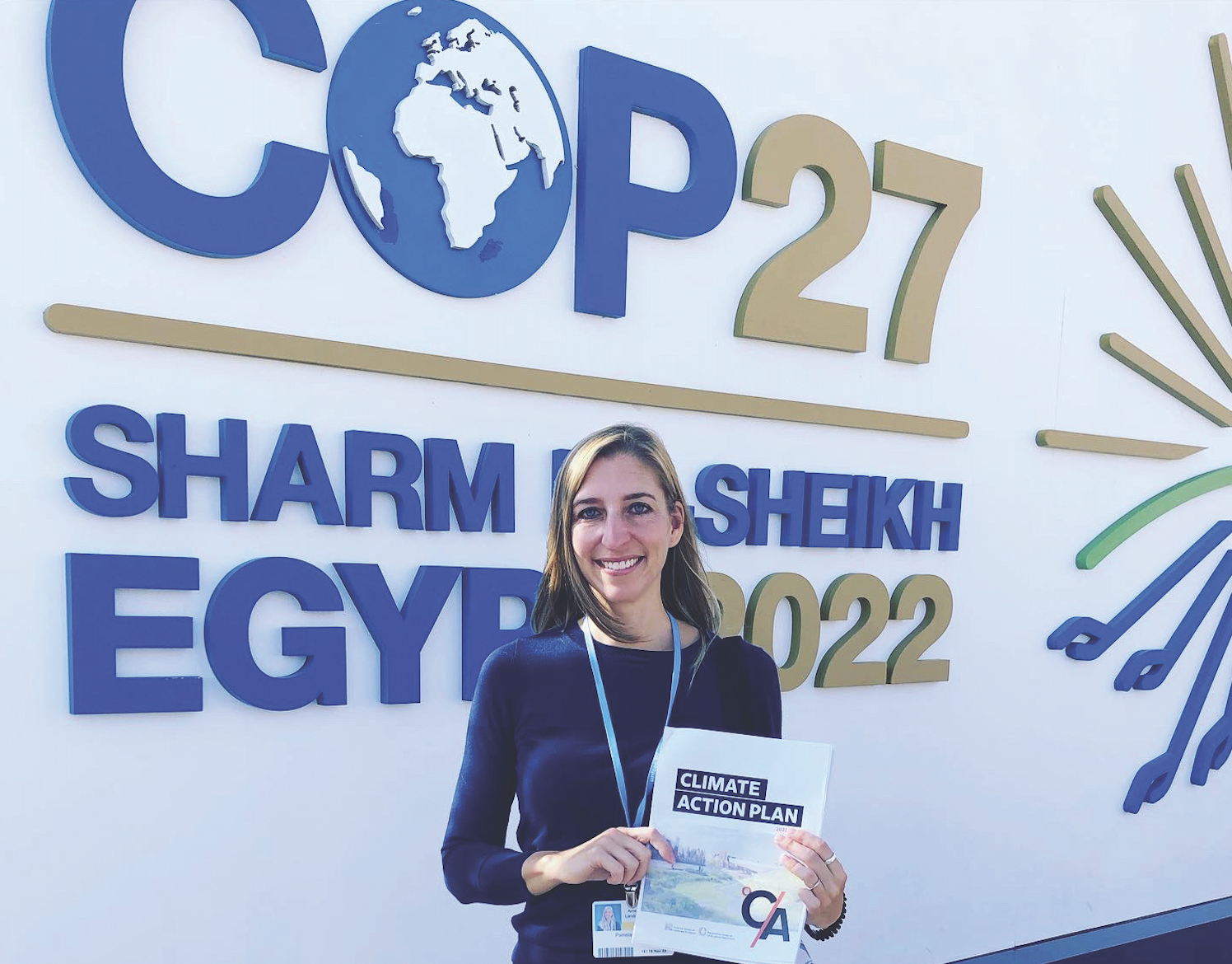Hagan Binder Landscape Architects Expands Services with Fine Tools & Land Plan
Highlands, NC (December 13, 2024)—Hagan Binder Landscape Architects, a full-service firm based in Highlands, North Carolina, is redefining outdoor...

The Black Lives Matter movement Has Forced Us to Take A Hard
& Honest Look At Our Communities, Our Industry & Ourselves
According to Glenn Smith of the black landscape architect’s network, BlackLAN, the black population in landscape architecture in the US remains less than one percent. In the UK, the numbers are similarly staggering; the Landscape Institute, which encompasses a wide sector of landscape professionals, published a report in 2018 revealing 95 percent of its members were white.
Lack of diversity and inclusion means lack of perspective. Differences in culture, race and background lead to a wider range of creative ideas and innovative solutions as well as more equity in our neighborhoods and communities.
BlackLAN Is Born
In 1974, Glenn Smith became the first African-African graduate of Mississippi State’s landscape architect program. In 1997, he became a Loeb fellow at Harvard University’s School of Design—the first black landscape architect to earn the honor. While he has excelled academically and professionally, he recalls how he felt as a young student—the feeling of standing out and needing to prove his skills and worth. He couldn’t help but wonder how his black peers were doing in the industry. So in 2012, he started BlackLAN, an online network for black landscape architects.
“I really just wanted to know where everyone was and get them engaged,” he says.
In 2020, after a generous donation, Smith decided to make his informal group an official nonprofit. Then six weeks later, George Floyd was killed.
“Everything happened so fast,” says Smith. “We were suddenly in the position to issue a statement.”
Their statement stood against the unjust killings and called for the need of more black design professionals working in public and community realms to be stewards of equity and equality.
“ASLA quickly picked it up as well as the media, and the events catapulted us to more visibility,” says Smith.
Designing Better Communities
One of the members in Smith’s network, Simone Heath, has seen first-hand the discrepancies in good design in her hometown of Atlanta.
“With the quarantine, we all saw the importance of outdoor spaces more than ever,” says Heath. “But driving around the city of Atlanta, the differences are so apparent. There aren’t sidewalks in the black neighborhoods. You don’t see the same kind of amenities. They were developed differently. Landscaping is the last thing on anyone’s mind in a black neighborhood where you don’t have trashcans or sidewalks or even curb cuts for a wheelchair. Some of the bus stops are literally a sign on a four-way street.”
Through her work at Atlanta City Studio, Heath is working to bring good design to these neighborhoods.
“Atlanta City Studio sets up a storefront in different areas of the city, educating and empowering the public to get involved in the design process,” explains Heath.

Simone Heath, third from right, with her team
Atlanta City Studio’s goals are to collaborate with other designers as well as citizens to increase access to parks, provide better pedestrian experiences and bike paths, and create safer outdoor areas. Once a project is complete, they move on to another neighborhood.
In Cascade Heights in southwest Atlanta, Atlanta City Studio designed and built a covered bus stop with a place for people to sit down and place their groceries or belongings while they wait. In the historic English Avenue neighborhood, they helped convert a hollowed-out church damaged by fire into an innovative green space for community gatherings. Throughout the city, they’ve partnered with the Department of Transportation and Department Public Works to make sidewalks ADA compliant, design crosswalks and install trashcans and lighting.
“The best part is that the communities where we’ve been have felt so empowered,” she says. “They were completely part of the process. And as a bonus, more people of color are learning what landscape architecture is all about and the problems it can solve.”
A New Generation
Smith, too, wants to raise awareness of the industry to young people. A main priority of BlackLAN under its new 501c3 status is to recruit black students to the field of landscape architecture by offering scholarships.
Neither Smith nor Heath even knew about landscape architecture as a field until they discovered it by accident. When Heath was at the University of Kentucky in the early 2000s—30 years after Smith graduated from Mississippi State—she, too, was her program’s only African-American student.
“It’s a little uncomfortable to walk into a room and be the only female or the only black person,” says Heath. “If I walked in late to class, everyone noticed.”
While Heath was working three jobs to pay for college, she noticed her white peers were scoring internships at engineering and construction firms where they had family connections.
“Opportunities just didn’t present themselves to me,” she says. “But I continued working hard and learning as much as I could.”
Gaining Momentum
Organizations like BlackLAN, ASLA, the NALP, Landscape Institute and others are making inclusivity and diversity a priority, issuing statements and forming subcommittees to spark change.
"At this very important moment in our country & our world, it is essential that we work together to solve our biggest problems–bridging deep, tribal divisions, creating new opportunities & rebuilding a sense of community at a time of fear & isolation."
“It is going to take innovative and thoughtful solutions to tightly weave the fabric of our society back together. ASLA is an organization with a rich history and significant role to play leading this work, both in the design world and beyond it. I’m honored, humbled and incredibly excited to help the society and the landscape architecture profession forge a new path forward to effectively address the growing challenges of the climate crisis, the urgent need for racial and social justice, and the stark realities and disruption of social norms caused by a global pandemic,”says Torey Carter-Conneen, ALSA’s new CEO.
Now, more than ever, landscape professionals have the power to make a tangible difference in neighborhoods and communities. Good landscaping, strong urban planning and solid design contribute to a better quality of life.
“I feel so fortunate to be in this role,” says Heath. “We’re not only creating more functional spaces and better access for its citizens, we’re creating equity.”
“Good design is for everyone,” she continues.
"Whether it’s lighting, drainage, outdoor spaces or sidewalks, everyone deserves access to the basic principles of good design."

This article was published in our Pro Landscaper USA South January/February 2021 issue. You can view more from this issue here.

Highlands, NC (December 13, 2024)—Hagan Binder Landscape Architects, a full-service firm based in Highlands, North Carolina, is redefining outdoor...

Pamela Conrad is Changing the Way the Industry Combats Climate Change